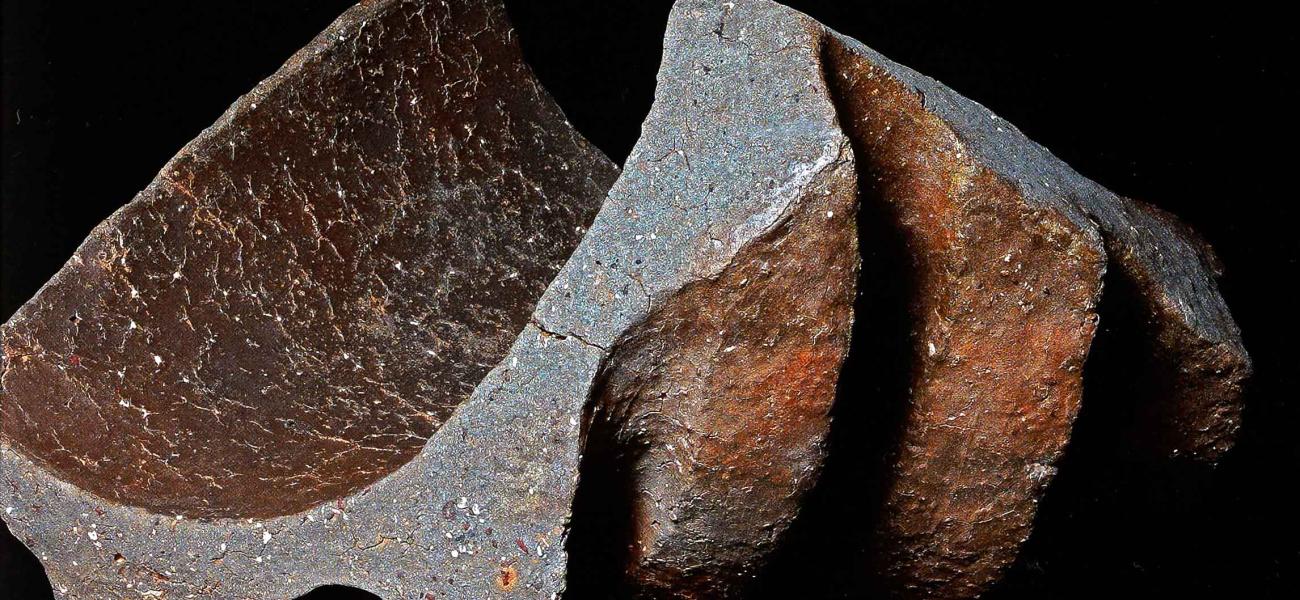Using Local Clay
I have been interested in using native materials for as long as I have been involved with ceramics. Exploring and being in touch with the natural environment is important to me. Each environment or ecosystem is unique, as is the clay of a particular location. Using a natural clay gives the same sense of connection with the sacred that I get from being in a wild place. The ability to harness what I can find around me, and the challenge of figuring out how to use a particular clay, keep me interested. As I learned of new methods and processes of working with the medium, experimentation with locally available materials seemed a natural outgrowth. Much of this experimental research was fueled by wonder and the excitement of discovery.
My training with Kakurezaki Ryuichi in Bizen, Japan from 1992 to 1994 made me even more aware of the connection with place, which historically has been so integrated with the growth of culture. Historical pottery centers were located at the clay source, and the forming and firing techniques that evolved over hundreds of years were directly related to the nature of the clay. As a first-generation American I found the rootedness implied by such a connection with place particularly appealing.
Currently I work with clay from two distinct sources, decided on after testing hundreds of clays. One is from the Raritan region of New Jersey, historically know for its manufacture of industrial ceramics. This is a very rough stoneware clay, composed of bands of light and dark clays and full of stones and other impurities. Since the industry died away, the clay has mainly been used for the lining and capping of landfills. This particular clay, of which I fortunately received a large truckload, is no longer available as the site is now home to a Marriott hotel.
The other clay is from the Stancills mine in Maryland. This small family-operated business has clays in a variety of firing ranges and textures. The reddish-colored clay, separated out and fired in an electric kiln, comes out a very rich and warm red. When their bulk clay is blended and fired in different parts of my wood-fired anagama kiln it shows a wide range of colors. I also use smaller quantities of clays from Staten Island, the Hudson Valley, and Pennsylvania.
Some of the native clays are dried and run through a hammer mill, which crushes the rocks and hard clay and screens the material. This finer blend works well for cups and is often fired in my wood/soda kiln. Depending on the particular forms I am making, I may use commercial clays as well. For thin-walled vessels I may use a blend of native and fine commercial clay to achieve a smooth surface and more sensuous lines.
Some clays with variegated seams, pockets of sand, stones, charcoal, iron and other granular minerals are used with little or no processing. Native clays are chosen for their fired colors and textures and not for their ease of use. I form and fire my work with the understanding of each clay's particular character and thus allow that to play an important role in the finished work.
I use these clays for the unique properties that they impart to the finished work and for the connection they provide me to the area where I live, both geologically and culturally.

